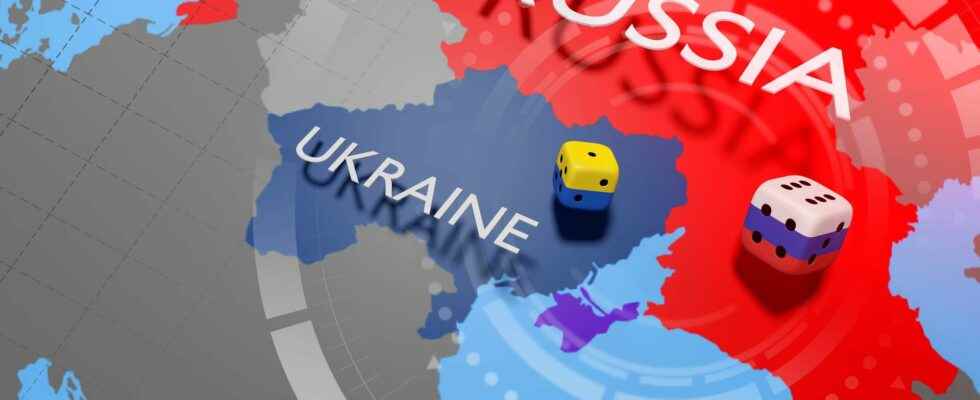Faced with the outbreak of a high-intensity war on the doorstep of the European Union, many observers fear that the Russian invasion of Ukraine could cause an irreparable escalation. If a nuclear war proves highly unlikely, some question the possibility of Russia’s use of tactical nuclear weapons.
With the start of the war in Ukraine on February 24, the fears inherent in the use of nuclear weapons by Russia went crescendo. For more than 40 days, Vladimir Putin and certain members of his government have thus evoked the use of the nuclear arsenal. In vain, Ukraine benefiting from continued material and financial aid, while the United States has expressed its willingness not to participate in the escalation of the conflict, which could lead to a confrontation between the two superpowers. If the Kremlin’s rhetoric appears to be intimidating, observers fear the use of a tactical nuclear weapon by the Russian army, with the aim of making the Ukrainian forces bend.
“Mini” nuclear bombs
There are two “types” of nuclear bombs: strategic weapons and tactical weapons. The latter are regularly mentioned in many French and Anglo-Saxon media, such as the washington post. Tactical weapons make it possible to carry smaller nuclear warheads capable of hitting military targets (infrastructure, troops, depots) on battlefields, at short or medium range. A tactical strike can be carried out with a bomb fission (A-bomb) or a bomb hydrogen (H-bomb), whose power can vary up to 300 kt (kilotonnes), one kt = 1,000 tonnes, of TNT. Russia’s tactical arsenal can be used through missile Iskander (9M723K1), ballistic missiles with a range of up to 500 kilometers and used by the Russian army since the start of the war in Ukraine.
Russia has about 2,000 strategic nuclear bombs, placed in reserve. The main Russian nuclear force is in its so-called strategic arsenal. Strategic bombs possess much greater power than tactical bombs and are intended to destroy targets beyond a conflict zone. They can be launched using intercontinental ballistic missiles (ICBMs) from the ground, the air or the sea. Currently, only nine countries are in possession of nuclear weapons: the United States, Russia, France, the Kingdom United States, China, India, Pakistan, Israel and North Korea. Russia has 4,500 heads, 1,500 of which are active. The United States has 1,600 active bombs, including 100 tactical bombs installed on European territory. France is also a major player in nuclear deterrencewith nearly 300 heads available.
Master the Climb
If the Russian discourse can cause concern, it is necessary to take into consideration a concept enacted by Vladimir Putin himself in 1999, then secretary of the Security Council of the Russian Federation. He referred to the strategy to escalate to initiate a de-escalation » (escalate to de-escalate). This strategy is intended above all to be dissuasive, by using the threat of nuclear force in order to prevent an adversary that is too important for Russia from engaging in a conventional conflict. On the other side of the Atlantic, Joe Biden and several members of the American administration have indicated that neither the United States nor NATO will participate directly in the conflict.
The evolution of the Russian-Ukrainian war is uncertain, while the Russian army seems to be positioning itself in eastern Ukraine. Russia’s actions regularly provoke international outrage, through alleged use of white phosphorus or the massacre of hundreds of civilians. But Vladimir Putin’s spokesman, Dmitry Peskov, explained at the beginning of April that Russia had no intention of using nuclear weapons, unless there was a direct and “existential” threat.
Interested in what you just read?
